When it comes to your home’s roof, deciding between roofing repairs and a full reroofing project can be a tough choice. Roofing repairs are a cost-effective option for fixing minor issues like leaks or damaged shingles, while reroofing offers a long-term solution that replaces your entire roof, providing better durability and potentially increasing your home’s value.
Your home’s roof is vital for its protection and value. When roof problems arise, choosing between roofing repairs and a full reroofing can be challenging. This article will clarify the differences between roofing and reroofing, helping you make informed decisions about your home’s roofing needs, whether it’s minor repairs or a complete overhaul.

Understanding Roofing
Roofing serves as the protective barrier that shields your home from the elements, ensuring its structural integrity and the safety of its occupants. Common roofing problems, such as leaks and damaged shingles, can often be effectively addressed through roofing repairs, making it a cost-efficient option.
However, it’s essential to recognize that roofing has its limits and may not be suitable for extensive damage or aging roofs. In the following sections, we’ll delve deeper into the advantages and disadvantages of roofing, helping you make an informed choice for your specific roofing needs.
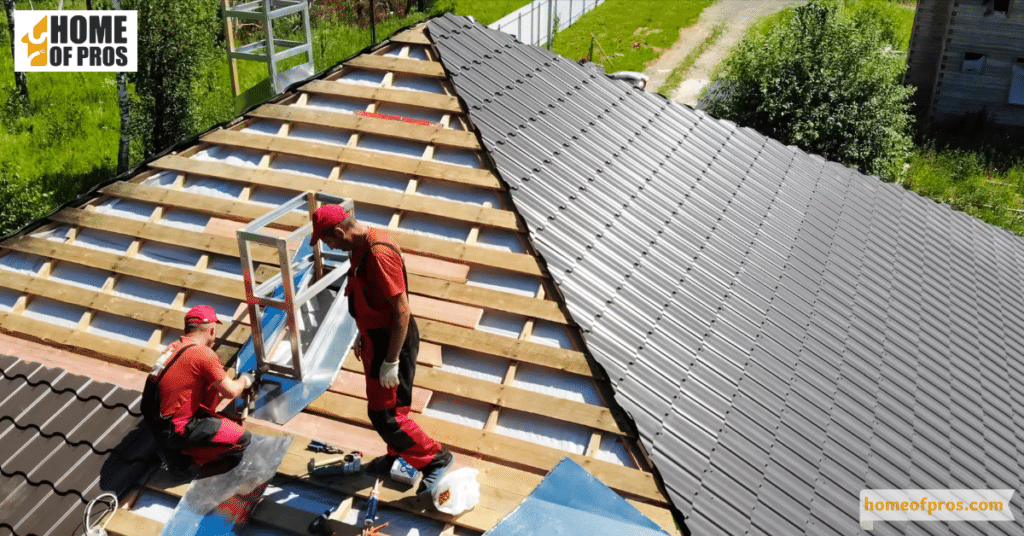
The Advantages of Roofing
In the realm of roof maintenance and repair, the option of roofing often shines as an efficient solution for homeowners. In this section, we will explore the advantages that roofing offers, shedding light on its cost-effectiveness for minor issues, its speedy resolution of problems, and its potential to extend the lifespan of your existing roof.
1. Cost-Effective Solutions
Roofing represents an excellent option for homeowners looking to address minor roofing issues without breaking the bank. Whether you’re dealing with small leaks, a handful of damaged shingles, or other minor concerns, roofing can save you a substantial amount of money compared to a full-scale reroofing project.
It allows you to tackle specific problems head-on, preventing them from escalating into larger, more costly issues down the road. By opting for roofing, you invest wisely in the longevity and integrity of your roof without incurring unnecessary expenses.

2. Swift Turnaround Time
Time is often of the essence when dealing with roofing problems. The beauty of roofing lies in its rapid response to issues that may compromise your roof’s integrity. Roofing professionals possess the expertise to swiftly identify the source of problems and carry out necessary repairs with efficiency.
This means minimal disruption to your daily life and the assurance that the issue won’t worsen over time. The quick turnaround time associated with roofing ensures that you can promptly restore your roof’s functionality and protection.
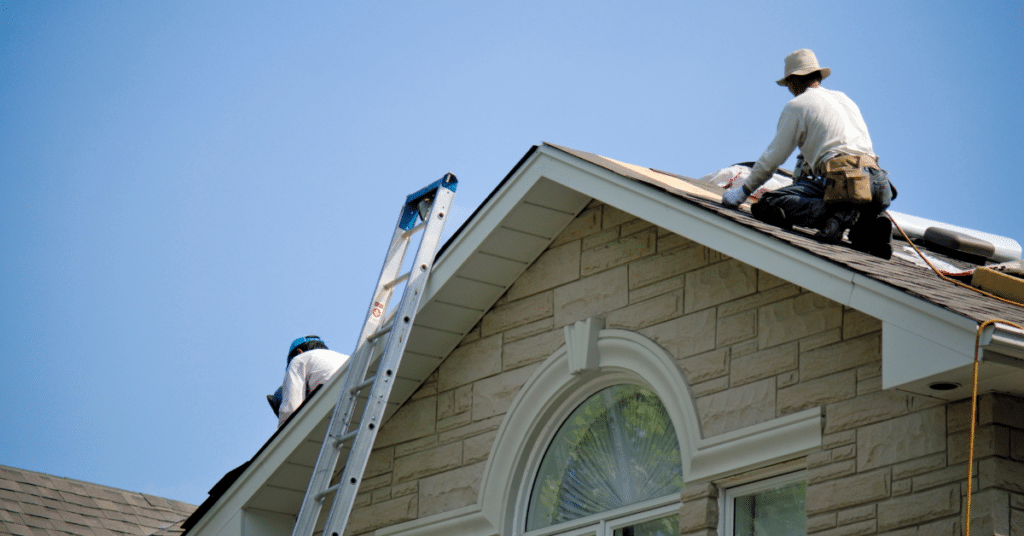
3. Extending Roof Lifespan
Beyond its immediate cost-effectiveness, roofing can contribute significantly to the long-term health of your roof. Timely repairs and maintenance not only address current issues but also serve as proactive measures to extend the lifespan of your existing roof. By regularly addressing minor problems through roofing, you postpone the need for a more extensive and costly reroofing project.
The advantages of roofing are clear: it offers a cost-effective, timely solution to minor roofing problems while simultaneously extending the lifespan of your roof. However, it’s essential to recognize that roofing may not be suitable for every situation. In the next section, we will explore when reroofing becomes the more practical choice.
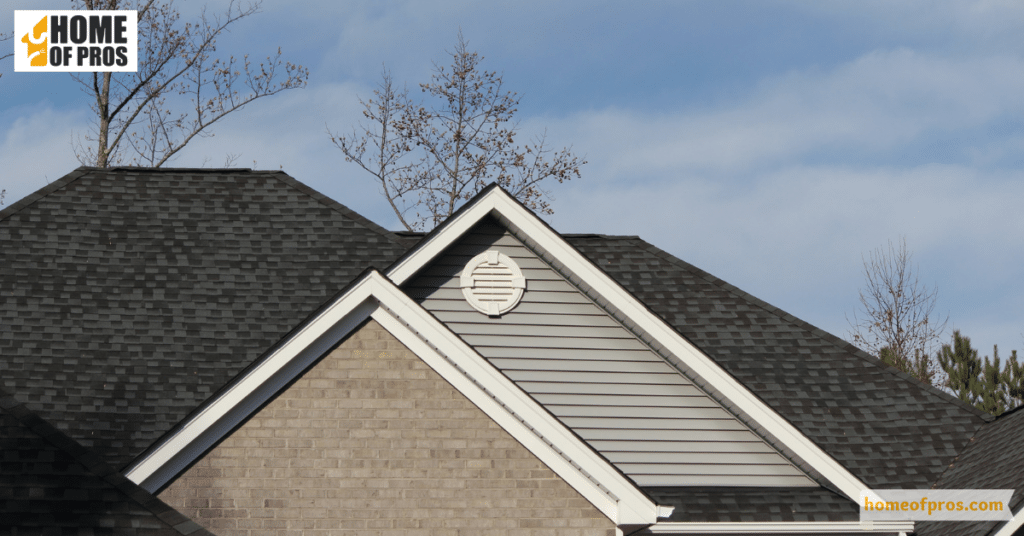
When to Choose Reroofing
In this section, we will delve into the concept of reroofing, exploring the scenarios in which it becomes the best choice. Whether your roof is suffering from extensive damage, showing signs of age, or you’re looking to enhance your property’s value, understanding when to choose reroofing is essential.
- Comprehensive Roof Replacement: Reroofing is not merely a patch-up job; it involves replacing your entire roof, offering a holistic solution to address underlying issues.
- Extensive Damage: Reroofing is often the preferred choice when your roof has sustained extensive damage, such as severe leaks or widespread deterioration. It provides a fresh start for your roofing system, eliminating the need for constant repairs.
- Aging Roofing Materials: If your roof is showing signs of aging, including worn-out shingles, granule loss, or brittle materials, reroofing can breathe new life into your home. It ensures that your property remains adequately protected for years to come.
- Long-Term Benefits: Reroofing is an investment in the future of your home. It offers increased durability, extending the lifespan of your roof, and reducing the need for frequent repairs.
Choosing reroofing is a significant decision that can provide long-term benefits for your home. It’s a comprehensive solution for extensive damage, and aging roofing materials, and has the potential to enhance your property’s value.
The Reroofing Process
Reroofing is a substantial undertaking that can rejuvenate your home’s protection and aesthetics. To demystify the process and help you understand what to expect, we’ll outline the key steps involved in a typical reroofing project, from initial inspection to final completion.
- Inspection and Assessment: The process begins with a thorough inspection of your existing roof. A roofing professional will assess the condition of your current roof, identifying issues that necessitate replacement.
- Material Selection: After the inspection, you’ll work with the roofing contractor to select the materials for your new roof. Common options include asphalt shingles, metal roofing, wood shakes, and more.
- Stripping the Old Roof: In most reroofing projects, the old roofing materials are removed to provide a clean slate. This step is essential to identify any hidden damage and ensure proper installation of the new roof.
- Repairs and Preparations: Any structural or decking issues are addressed, and the roof’s surface is prepared for the installation of the new materials. This may include repairing damaged or rotted wood, replacing underlayment, and ensuring proper ventilation.
- Installation: The new roofing materials are installed following manufacturer specifications and local building codes. This includes laying down the underlayment, applying the selected roofing material (e.g., shingles or metal panels), and properly sealing all seams and edges.
- Cleanup and Inspection: After the installation is complete, the job site is thoroughly cleaned to remove debris. A final inspection is conducted to ensure that the roof meets quality standards and is free from defects.
- Warranty and Maintenance: Many roofing projects come with warranties on materials and workmanship. It’s essential to understand these warranties and any recommended maintenance to ensure the long-term performance of your new roof.
The cost of reroofing varies depending on factors such as the size of your roof, the materials chosen, and the extent of any necessary repairs. While reroofing is typically more expensive than roofing repairs upfront, it can be a cost-effective long-term investment. Repairs may provide a temporary fix, but they can add up over time, especially if your roof has multiple issues.
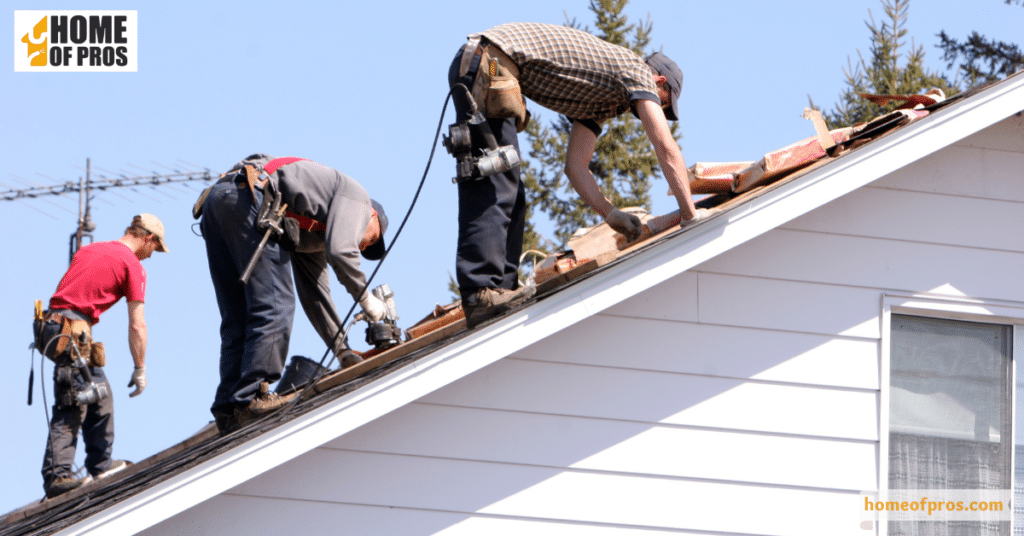
Making the Decision
As a homeowner, the decision between roofing repairs and a complete reroofing project can be a pivotal moment in the care and preservation of your home. To aid you in making an informed choice, this section is dedicated to guiding you through the decision-making process.
Assessing Your Roof’s Condition: Roofing vs. Reroofing
| Aspect to Consider | Roofing Repairs | Reroofing |
|---|---|---|
| Extent of Damage | Suitable for minor issues | Ideal for extensive damage |
| Age of Roof | Suitable for newer roofs | Ideal for aging roofs |
| Number of Repairs | Few repairs over time | Frequent repairs |
| Budget | Lower upfront cost | Higher initial investment |
| Longevity | Short-term solution | Long-term protection |
| Property Value | May not increase the value | Potential property value boost |
Your home’s roof is a crucial component of its protection and value. By carefully evaluating the condition of your roof, considering your budget and long-term plans, and seeking professional guidance, you can confidently choose between roofing repairs and reroofing. Making the right decision ensures that your home remains a safe and secure haven for you and your family for years to come.
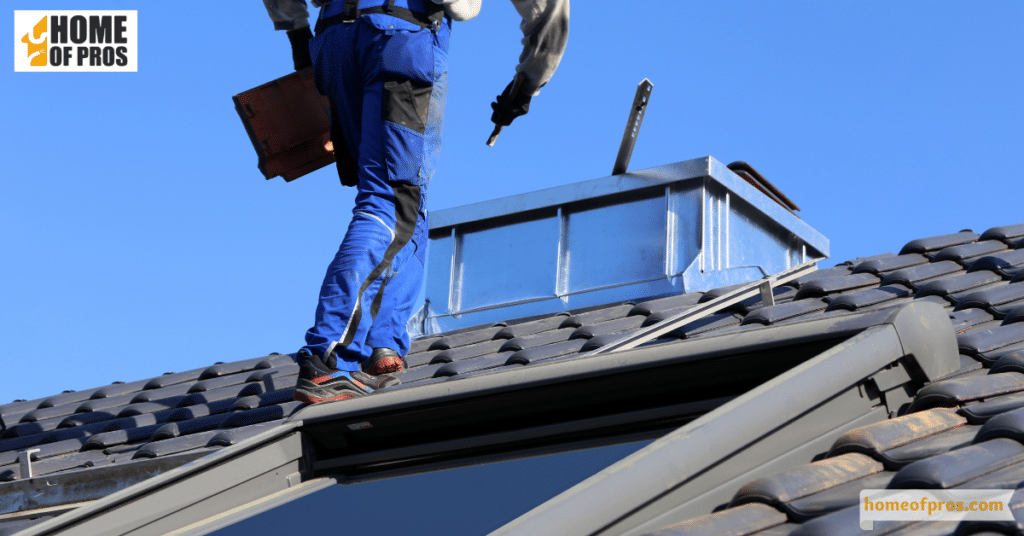
Conclusion
In the realm of roofing decisions, making the right choice between repairs and reroofing is pivotal to the protection and longevity of your home. By assessing your roof’s condition, weighing the pros and cons, and considering your budget and long-term goals, you can confidently determine the best course of action.
Remember, your roof plays a vital role in safeguarding your property and its value. Whether you opt for the cost-effective route of roofing repairs or the comprehensive solution of reroofing, investing wisely in your roof ensures peace of mind and the continued well-being of your home.












